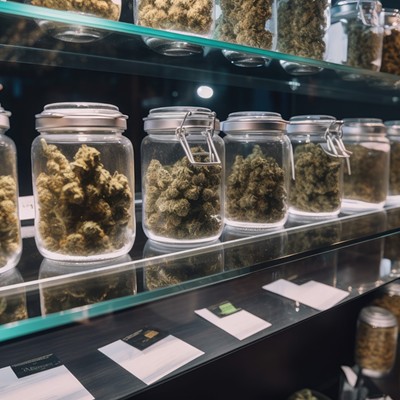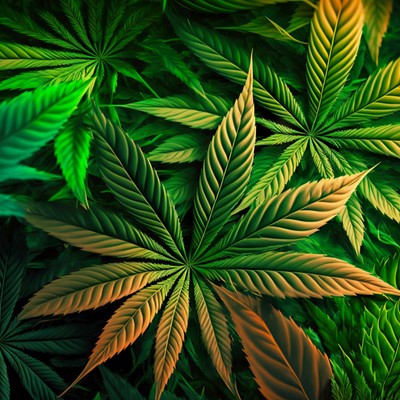Many consider marijuana a "drug." However, it is no more a drug than cigarettes we smoke or alcohol we drink.
In fact, there is only one difference that separates marijuana from these other substances and it is perhaps simultaneously the best case for calling marijuana a drug and revoking its status as a Schedule I controlled substance: it has medical benefit.
One can argue that the medical benefits of marijuana have still not been tested to an extent that would satisfy medical benefit. Sure; after all, the FDA knows best. But there is one medical benefit that has only recently began to surface.
America has long struggled with opiate addiction. Aside from it being one of the most used drugs in history (I'm looking at you, Genghis Kahn), marijuana has also been determined by the FDA to have medical benefit in pain reduction and anesthesia.
The problem with opioids is that they can lead to addiction and in some cases death. The public chatter around this danger recently escalated following the overdose of beloved musical paragon Prince on a pain drug called Fentanyl.
Even ignoring heroin use, opioid overdose claimed more than 65,000 lives between 1999 and 2014, according to the CDC. The CDC has also found that opioids are roughly 13 times more addictive than marijuana.
However, since the legalization of marijuana for medical purposes in several states, opioid prescription and therefore opioid overdose has decreased.
A recent study conducted by a group called Castlight Health, which studies employee health benefits, found that states with legal medical marijuana had 50 percent fewer patients who qualified for an opioid prescription than states without legal medical marijuana.
The Journal of the American Medical Association Internal Medicine found that states with medical marijuana also experienced a mean annual opioid overdose rate 24.8 percent lower than other states.
This phenomenon results from the coincidence of the effects of marijuana and opioids and marijuana's uncontested, lower mortality rate. Both drugs can be used, most commonly, to treat chronic pain in cancer patients.
Arizona has so far experienced a seemingly contradictory trend. According to a study released by the RAND Corporation, mortality rates of prescription overdose has decreased by 11.4 percent and distribution has decreased by 8.2 percent.
However, according to county documents collected by the Arizona Daily Star, deaths from Fentalyl overdose increased from 28 to 45 between 2014 and 2015 in Maricopa County and seven to 17 in Pima County.
Additionally, Arizona has roughly 50 percent more medical marijuana patients per capita than the average in states with legal marijuana, which would suggest that the trend should be more prevalent than in other states.
The discrepancy may arise from the increase in synthetic opioids on the black market perpetuated by the Sinaloa cartel, as the Star reported in March, since the reports do not necessarily distinguish between deaths from subscription opioids as opposed to those obtained illegally.
The trend reflected in the medical field is in part due to doctors' ability to decrease the subscription of opioids in favor of medical marijuana.
It would be stretch to hypothesize that legalization for recreational use would also decrease deaths due to illegal opioids, especially since Colorado has reported similar trends in opioid overdose.
In any case, we can chalk this up to a win for medical marijuana for its role in reducing at least a portion of the problem.









